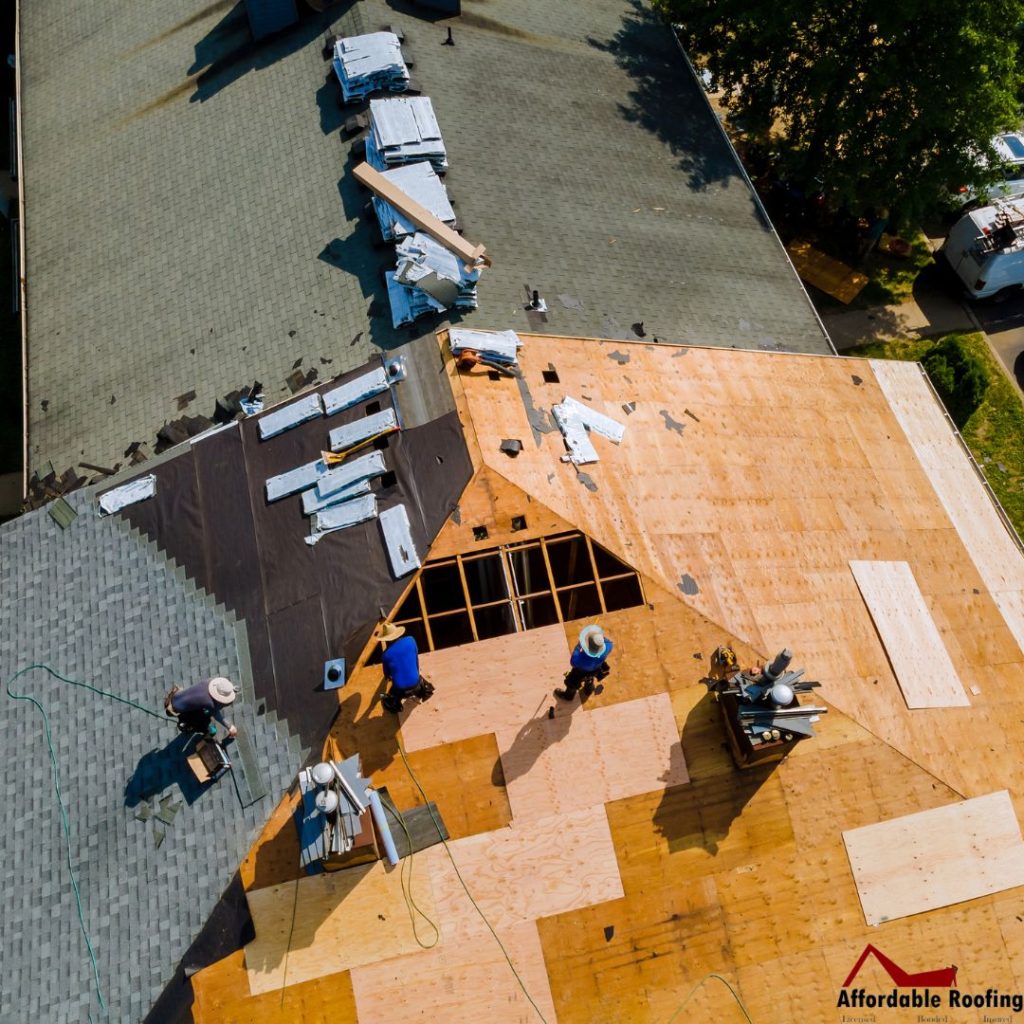The Comprehensive Homeowner’s Manual to Selecting the Right Roofing Material
Choosing the right roofing material for your home is more than just a matter of aesthetics; it’s a crucial decision that impacts your home’s durability, energy efficiency, and overall protection against the elements. With a wide range of materials available on the market, each offering its own set of benefits and challenges, navigating through the options can feel overwhelming for homeowners. From the traditional charm of clay tiles to the modern appeal of metal roofing, the choice you make will define your home’s character and resilience for years to come.
This comprehensive guide is designed to simplify your decision-making process. By understanding the key factors that should influence your choice of roofing material—including climate adaptability, roof slope compatibility, maintenance requirements, and budget constraints—you can make an informed decision that aligns with your needs and preferences. Whether you’re building a new home or considering a roof replacement, our goal is to arm you with the knowledge and insights needed to select the best roofing material for your home, ensuring it stands the test of time while enhancing its aesthetic appeal and functionality. Join us as we explore the vast landscape of roofing options, breaking down the pros and cons of each to help you make a choice that’s not only smart but also sustainable for your unique home.
Factors to Consider When Choosing Roofing Material
Selecting the right roofing material for your home involves balancing several critical factors to ensure you make a choice that not only looks great but also performs well under your specific conditions. Here’s what to consider:
- Climate: The material you choose should withstand the elements specific to your region. For instance, in areas prone to hurricanes or high winds, materials like metal roofing can offer superior durability and resistance.
- Roof Slope: Not all materials are suitable for every slope. Flat or low-slope roofs require different materials than steeply pitched roofs, affecting water drainage and material application methods.
- Aesthetic Preferences: Your roof should complement your home’s architectural style and exterior colors. Materials like slate and tile offer a classic look, while metal and asphalt shingles provide more versatility to match modern aesthetics.
- Durability and Maintenance: Consider how long each roofing material lasts and the maintenance it requires. Some materials, like slate, are incredibly durable but may need more upkeep, while others, like asphalt shingles, offer a balance of longevity and low maintenance.
- Energy Efficiency: Some roofing materials reflect sunlight better than others, contributing to lower energy costs. Metal roofs, for example, are known for their reflective properties, keeping homes cooler in warm climates.
- Budget: Roofing materials vary widely in cost, from the relatively inexpensive asphalt shingles to the more premium materials like metal and slate. It’s important to consider both the upfront cost and the long-term value, including maintenance and energy savings.
- Weight: The weight of the material can impact the structural requirements of your home. Heavier materials like tile and slate may require additional support, influencing your decision based on the current structure of your home.
Understanding these factors will guide you through the selection process, ensuring that you choose a roofing material that meets your specific needs, preferences, and budget. Making an informed decision can significantly impact your home’s appearance, performance, and longevity, providing peace of mind that your investment is well protected.
Overview of Common Roofing Materials
When embarking on the journey to select the perfect roofing material for your home, understanding the landscape of options available is crucial. Here’s a brief overview of some of the most popular roofing materials, each with its own set of advantages and challenges:
- Asphalt Shingles: The most commonly used roofing material in the United States, asphalt shingles are favored for their cost-effectiveness, ease of installation, and versatility in design and color. They are suitable for a wide range of climates but may have a shorter lifespan compared to more durable materials.
- Metal Roofing: Known for its durability, energy efficiency, and longevity, metal roofing is an excellent choice for homeowners looking for a long-term investment. It performs well in harsh weather conditions and comes in various styles, including panels and shingles. Metal roofs can be more expensive initially but offer significant savings in maintenance and energy costs.
- Clay Tiles: Offering a distinctive aesthetic, clay tiles are ideal for homes with a Spanish, Mediterranean, or historical design. They are extremely durable, fire-resistant, and effective in hot climates due to their excellent thermal properties. However, they are heavy and require a sturdy structural support system, making them more suitable for new constructions or homes designed to bear the weight.
- Wood Shakes and Shingles: For a natural, rustic look, wood shakes and shingles provide an appealing aesthetic that ages beautifully over time. They offer good insulation but require regular maintenance to prevent rot, mold, and insect damage. Wood roofing is also more vulnerable to fire unless treated with fire-resistant coatings.
- Slate Roofing: Slate is one of the most durable roofing materials, with a lifespan that can exceed 100 years. Its natural stone appearance adds elegance and distinction to any home. Despite its durability and aesthetic appeal, slate is heavy, expensive, and requires skilled installation.
- Composite Roofing: Composite or synthetic roofing materials, made from a mixture of plastic, rubber, fiberglass, and other components, mimic the look of natural materials like wood and slate but with enhanced durability and less maintenance. They are lightweight, environmentally friendly, and resistant to impact and weathering.
Each of these materials has its unique characteristics, pros, and cons, making them suitable for different architectural styles, climates, and personal preferences. In the following sections, we’ll dive deeper into the specifics of each material to help you make an informed decision tailored to your home’s needs.

